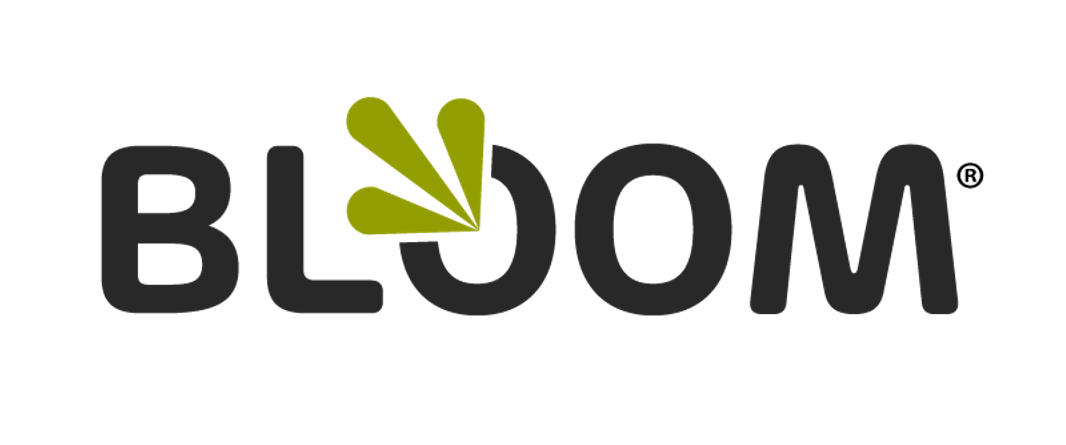How Effective Leadership Empowers Employees and Affects Change
Set up structures to communicate expectations, encourage innovation, and build trust.
How do you ensure that everyone in your organization is not only reading the same book but on the same page? Clearly communicate your vision and expectations, and implement strategies that always align with your goals. When it comes to workforce management that includes several components:
Define roles: When each employee has a clear understanding of his/her role in the organization it’s clear where responsibilities lie and where to seek information. Each employee knows what is expected of him/her and takes ownership or else projects lag behind. In turn, employees must collaborate to make the company vision a reality: the idea people must talk to the implementers, the implementers must talk to the marketers, the marketers must talk to customer service and so on. Everyone knows where to go or who has the authoritative word because there is a clear chain of command and there are established processes for communication.
Put the right people in the right places: When people feel competent and valued they feel “in the zone.” If you hire someone who is talented at coding but who has weak people skills, don’t start her out in customer service thinking that she will improve her people skills. Instead enable her to further develop the talent she already possesses and that is mission-critical to your organization. This alignment increases the likelihood of the employee’s success and devotion to the company while showing that you truly value what she brings to the table. She’ll have a sense of pride and ownership rather than feeling incompetent, unappreciated, or unnoticed. By providing opportunities for employees to build their skills you communicate a willingness to invest in people.
Build cohesive teams: Achieving the right chemistry and balance of skills instills trust and creates strong relationships. Because members of cohesive teams look out for each other and work as a unit, they often are better able to communicate, innovate, and quickly mobilize when it comes to new projects and initiatives.
Set goals: Measurable, attainable goals provide direction and a clear destination, and they must be set at all levels: employee, team, department, division, and company. Reaching goals provides a sense of accomplishment and pride and builds the confidence needed to tackle the next challenge. Recent research states that 65% of employees don't understand how their role fits into the strategic goals of the organization (SHRM, 2009). Don't let your organization be one of the many.
Exhibit leadership qualities that foster mutual trust.
With your systems and support in place and your employees in mind, consider what you as a leader must do to maximize the productivity your workforce affords.
Be visible and accessible: Employees need to see their leaders at work -- whether they’re heading to a client meeting or checking in with the team about a specific project. Demonstrate an awareness and an interest in what your team is working on, and make yourself, supervisors, or team leaders available so that suggestions, questions, and concerns can be communicated as soon as possible.
Request input: You may be the CEO, but you can always use a fresh perspective on what’s happening within your customer base and workforce -- and you can do that by simply asking for insight. Ask your employees -- or your customers, when appropriate -- to help solve a particularly tricky problem or to offer feedback. Such requests are about increased understanding, not about pandering or flattery, so take input to heart. If you can transform a complainer into a contributor you have another new champion for your brand.
Keep a finger on the pulse of your workforce: Simply put, be aware. Economically speaking, times are tough, and your employees may have a tremendous amount anxiety about the company or their job stability. Schedule regular reviews and interviews with employees and managers so that you can keep a bead on things and address any anxiety or negativity early. On the flip side, if you sense an air of enthusiasm and optimism acknowledge that too.
Share success: The adage “no man is an island” is true precisely because no one succeeds alone. Acknowledge a job well done.
Admit mistakes: When a plan didn’t go quite right, the team knows it. So acknowledge it, articulate what you learned, and explain how you’ll adjust your approach.
Forward movement is the natural outcome of strong leadership and empowered employees.
Having built trust and opened the lines of communication, you now have the structures and channels in place to identify areas for improvement and to initiate implementation. You’ve enabled employees to identify opportunities and provided a means for them to communicate their insights and ideas, and also instilled a confidence in your leadership that will inspire them to follow your cue.
